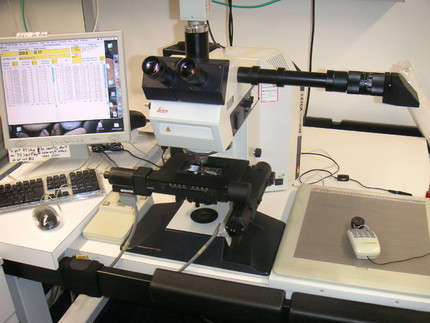Low-Temperature Thermochronology
Ed Sobel
The Thermochronology group uses low-temperature thermochronology to quantify timing and rates of exhumation processes on hundreds of thousands to tens of million year time scales. Events of interest are driven by both tectonics and surface processes. Our main techniques are apatite fission-track and apatite and zircon (U-Th-Sm)/He dating. At the higher temperature range, we collaborate with other groups to apply 40Ar/39Ar dating and U/Pb dating of zircon using LA-ICP-MS. To date much smaller magnitudes of exhumation, we collaborate with other groups to apply cosmogenic nuclide dating. This data is interpreted in conjunction with geologic, geomorphic and climatic data in order to understand the underlying tectonic history and interactions between tectonics and surface processes. Significant projects have included examining source-to-sink relationships in the Andes and the Austrian Molasse basin using detrital thermochronology, and constraining deformation histories in the the Himalaya, the Kyrgyz Tien Shan, the Chinese, Kyrgyz and Tadjik Pamir, the Indo-Burman range in Myanmar, and the southern Central Andes in Argentina as well as the Northern Andes in Columbia.
The group runs 2 laboratories. The fission track lab is equipped with a Leica DMR microscope with a drawing tube, a Kinetek computer-driven stage, a Calcomp digitizing tablet, and FT Stage software. A video camera is mounted on the triaxial head of the microscope, allowing a group of people to observe a slide simultaneously. At present, we primarily analyze apatites. This method allows us to constrain when the sample last cooled through ~110°C, corresponding to being exhumed from a depth of 3-5 km within the crust.
The (U-Th-Sm)/He lab is equipped with an Alphachron automated system for helium measurement. This system uses a diode laser to heat crystals so that the amount of 4He gas (daughter isotope) contained within the crystal can be measured with a quadrupole mass spectrometer. At present, we analyze apatites and zircons.We routinely measure 2 laser pans of 24 aliquots each in automatic mode in 1 week. We collaborate with PD Dr. Johannes Glodny in section 4.2 at the GFZ- Potsdam; he is responsible for sample dissolution and analysis of 238U, 232Th and 147Sm (parent isotopes) using ICP-MS. Measuring the amount of parent and daughter isotopes allows us to calculate a cooling age.

